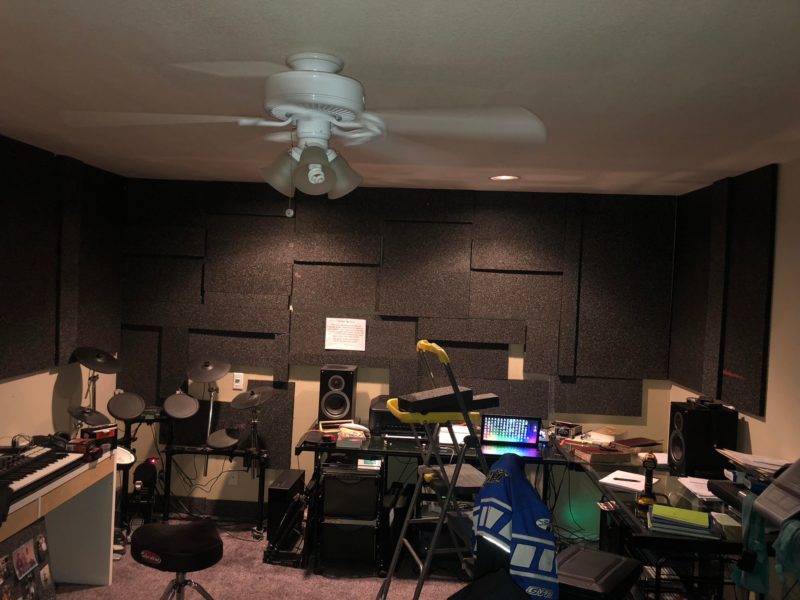You’ve Got the Power… Now Respect it!
 Every seasoned audio visual technician can relate to this. There are three things that cause a good working audio visual system to fail: #1 is a user cord, #2 is the power source (which is what I am covering today), and #3 is user error and I may cover that on a future post…maybe :). We love our customers.
Every seasoned audio visual technician can relate to this. There are three things that cause a good working audio visual system to fail: #1 is a user cord, #2 is the power source (which is what I am covering today), and #3 is user error and I may cover that on a future post…maybe :). We love our customers.
I have gone into countless AV racks to find a rack mount power strip installed, which leaves the customer with nothing more than a ticking time bomb. Even if it says it’s a “surge protector,” that only means that you will still lose power at the most inconvenient time, just at a later date. Here is the deal on A/C, aka Alternating Current, power. It’s Alternating! This means it is not stable and it fluctuates from 110-125 at times. The surge protection will handle that for a time but like anything that gets “hammered” enough, it breaks down and then is just a dumb power strip waiting to pass through that next big surge, which will damage the AV equipment.
OK, here is a quiz most people get wrong. What is more harmful from DC (aka Direct Current) Power: 100 Watts or 100 Volts? Hint: the answer is at the end of this post.
There is no perfect protection from A/C damage considering all the elements around us from static shock, lightning strikes and those pesky percolating coffee makers that the church ladies plugged in on the same circuit as the AV system Sunday morning. You remember, don’t you? Remember that time you chased your tail trying to find out why there was no power up to the sound board? With all due respect to the selfless AV operator who comes in to run Sunday church week after week…”Respect the Power” (and church ladies too.)
Here are some steps to follow to protect yourself and others from a failed AV system power issue:
Power comes first. It’s easy to meet with a customer, or take on a project, and be all creative and “think of the possibilities,” but it’s your job on the line if it fails. So be sure to inspect the power availability and ask all the right questions including:
- Is there, or will there be, dedicated power to the AV system(s)? This means there will be a straight line of power from the electrical panel to your AV system and anything powered by the proposed system, like power speakers, projectors, etc. I like to group the audio on one circuit, video on another and lighting on its own, as well.
- Is there, or will there be, a dedicated ground to the AV system location(s)? This means there will be a ground wire dedicated to the AV system locations, which can be shared with the audio and video, but lighting and the electric projection screen should be separate. The key is to keep anything with a motor or a dimmer off the same circuit as the audio/video equipment.
Install a power management system on all your AV racks, projector locations, powered speakers, Lighting Dimmer Packs, etc.
This is commonly a single or triple rack space unit that will do these things:
- Filters dirty power
- Live power monitoring and controlling. You can cycle each outlet for troubleshooting and do it remotely without event interruptions. Plus, you’ll get email notifications to stay one-step-ahead of those panicked calls from a customer saying, “Help, I have no power! What do I do?”
- Local volt/amp meter, outlet status and warning LEDs
The Ultimate Protection are these things which will be of considerable expense and usually exceed the AV budget, but it will make you look REALLY smart if you bring up at least one of the following steps in a planning meeting:
- Have a battery back-up system installed to handle the load of everything in the AV rack,
- Have a separate power drop or service installed on-site just for the audio visual systems, or
- Find a great electrician! An electrician who has commercial building experience and get a price to install surge protected circuit breakers in the electrical panel for all your AV stuff.
Answer to my Quiz: What is more harmful from DC power: 100 watts or 100 volts? The volts. TIP: When you are rifling through that box of DC power supplies to find that one you need, remember to match the volts first and that the watts need to be at least what the units you are trying to power requires. It will use what it needs, respectfully.
Here is a good video on respecting power around the home and office.
May you be empowered this day!
Tony, the AV guy





